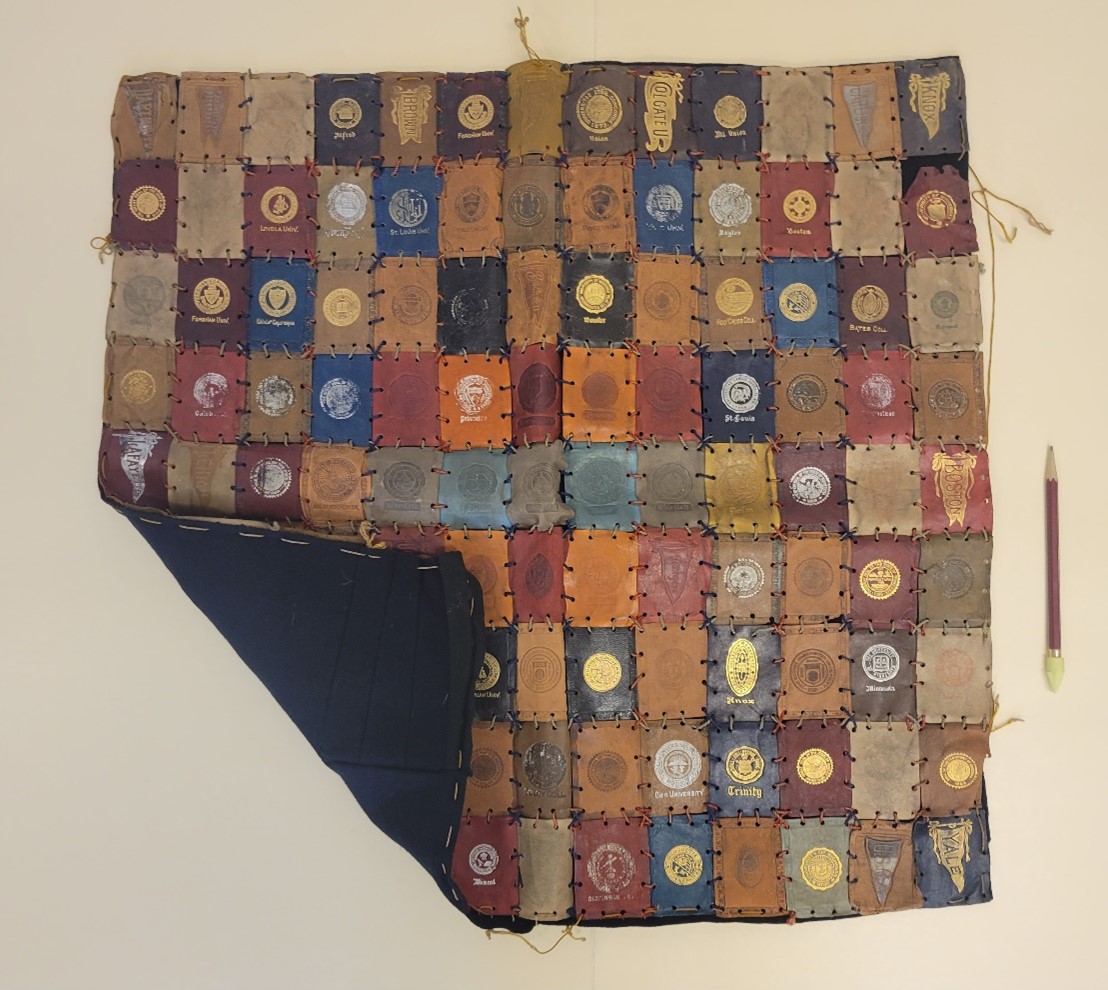
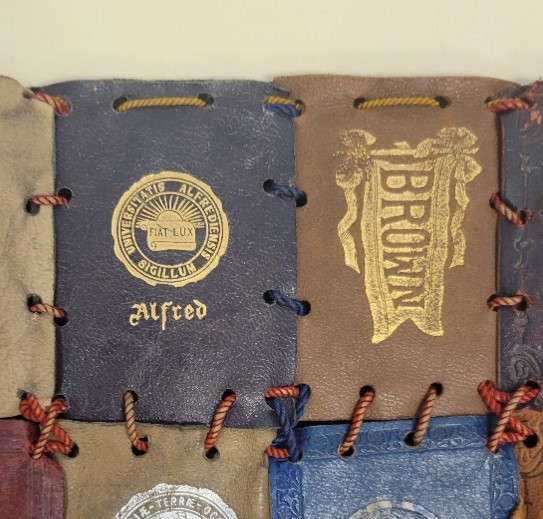
In the early 1900s, small leather or paper cards were gifts in cigarette packages. This came from the increasing popularity and competition of cigarette sales. Including a prize enticed buyers and interested collectors would try to obtain all the cards in a particular series.
The cards were small, around 2 ½” by 2”. One series featured college and university seals embossed on leather. A collection of these cards was stitched together at some point and backed with black felt to make a large quilt square, featuring different university seals in a variety of colors. The Alfred University seal appears in the top row, fourth from the left. This type of artifact reveals the change in relationship we have had with cigarette sales and packaging as years have gone on.

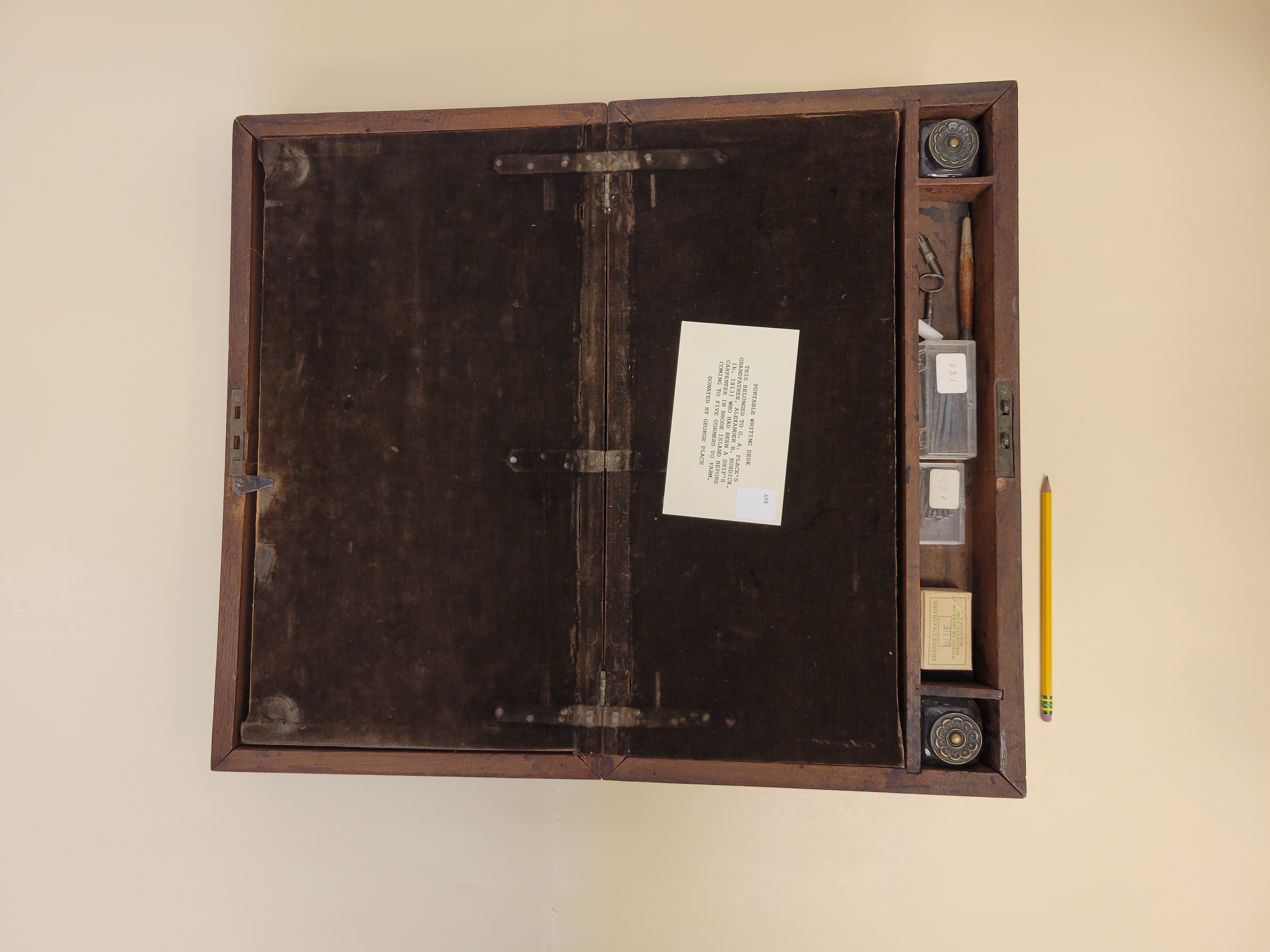

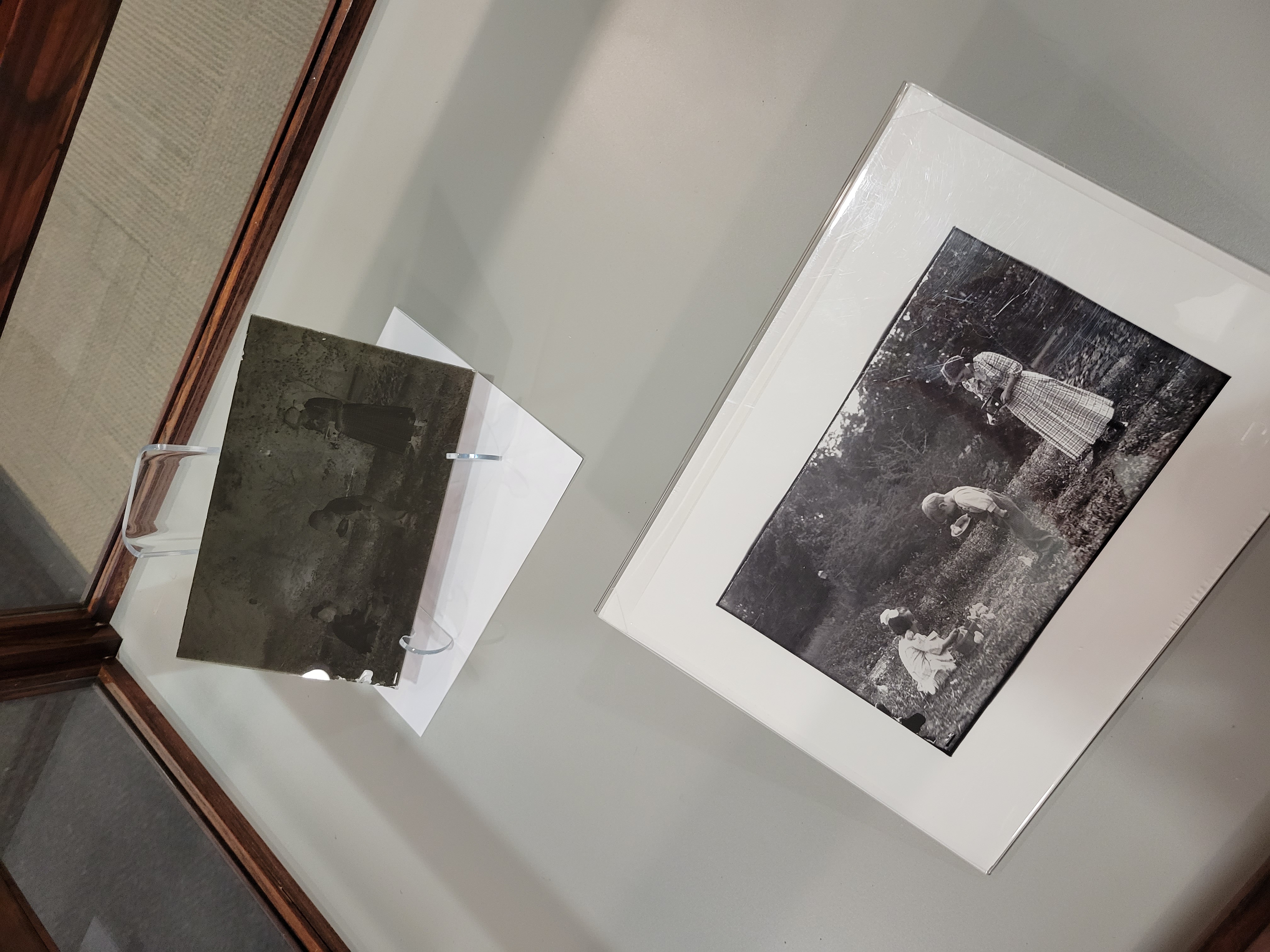
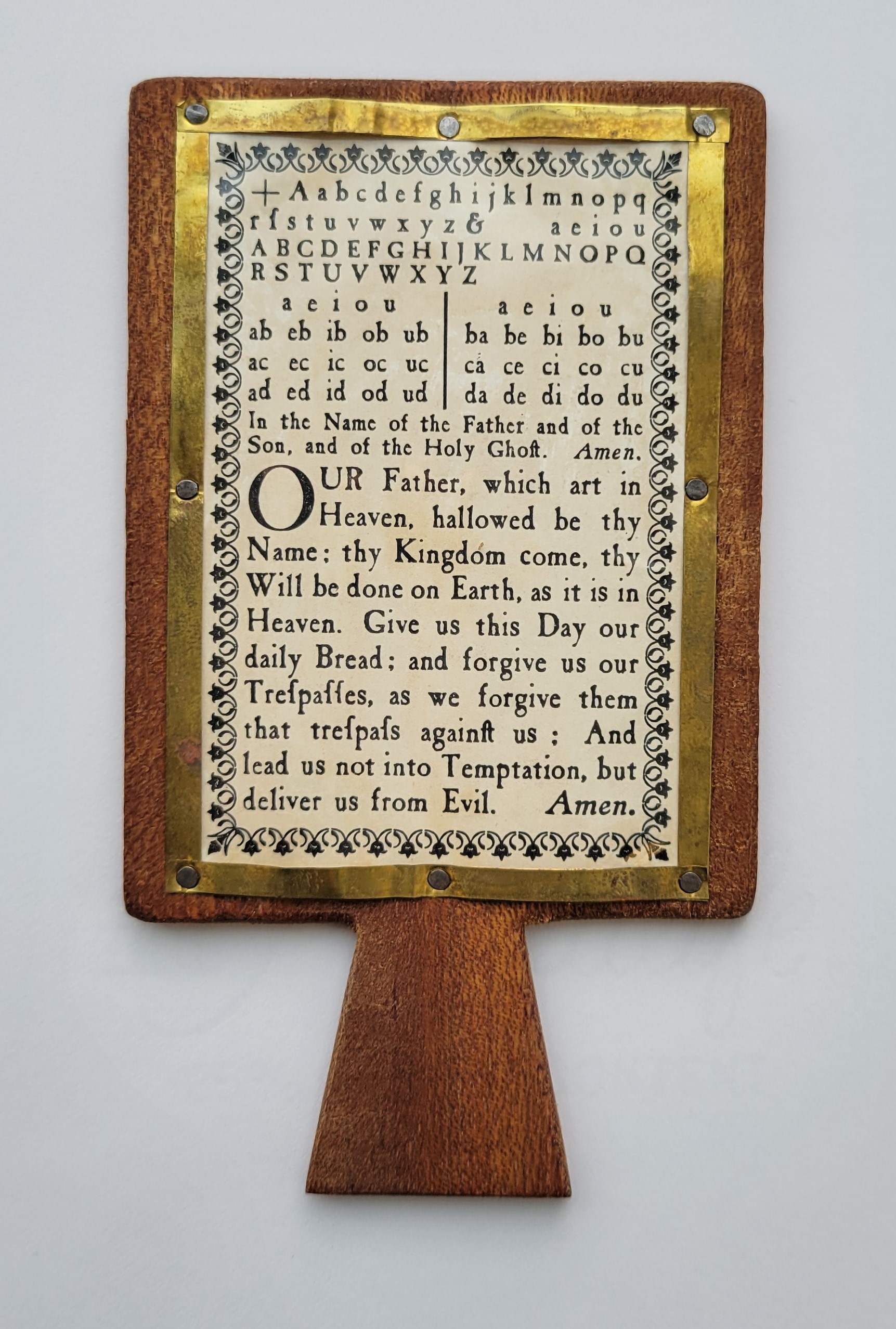
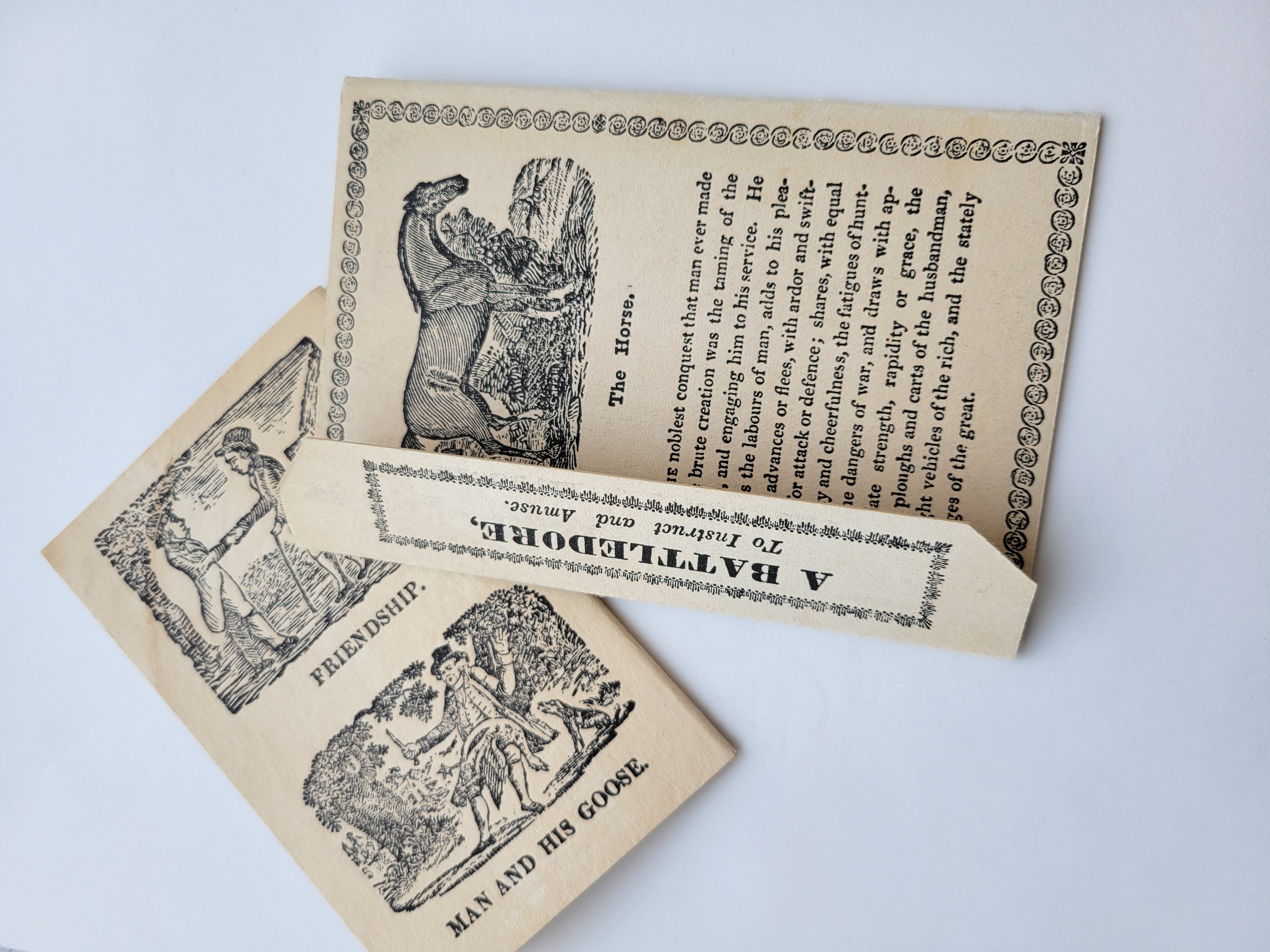

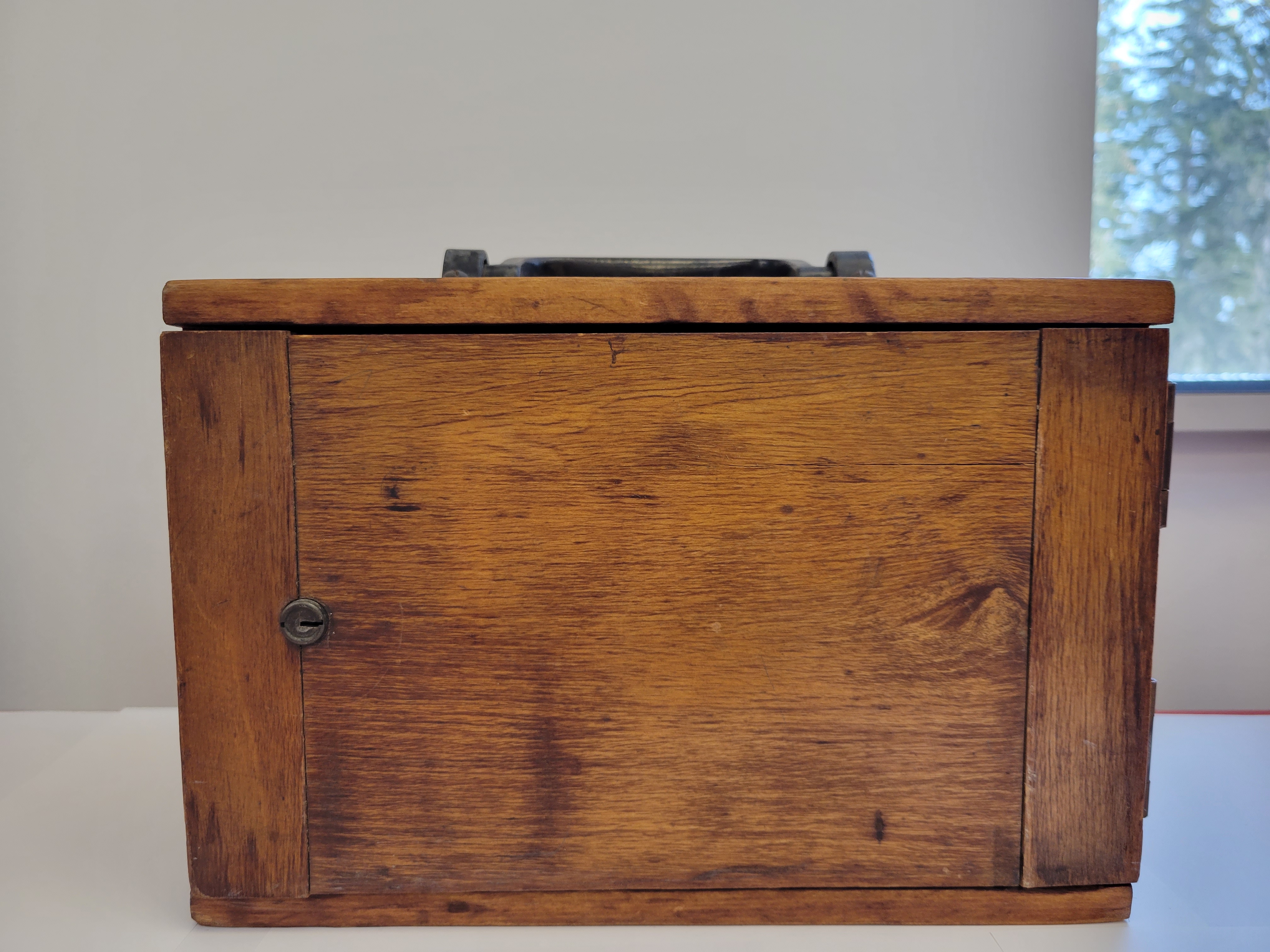

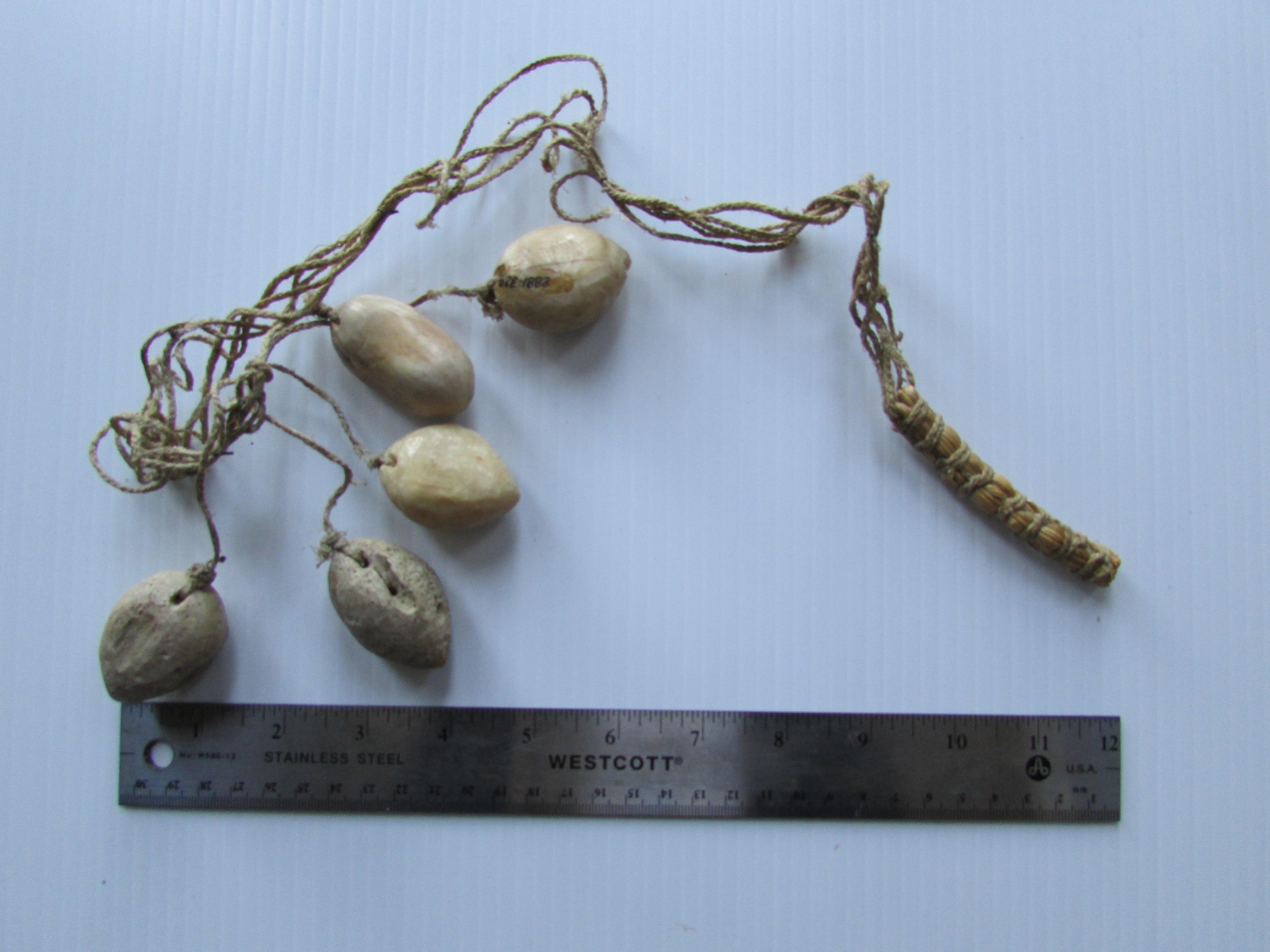
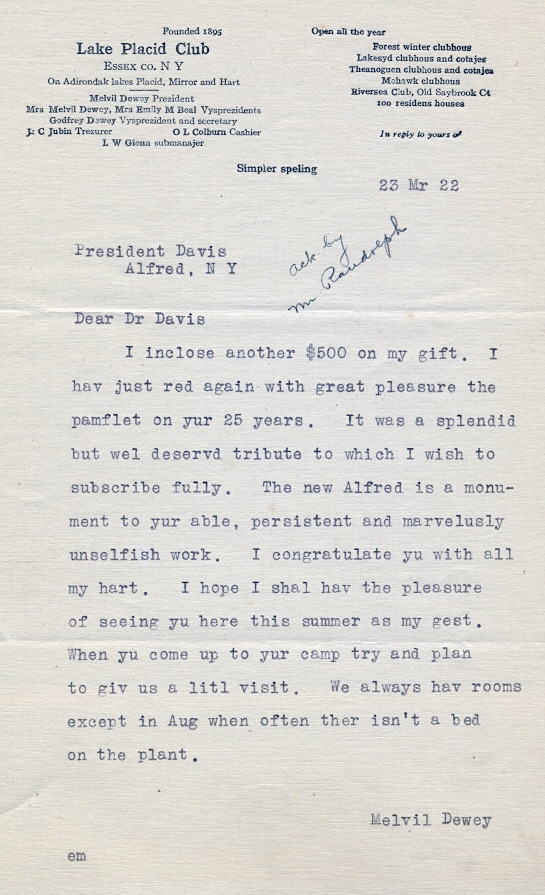
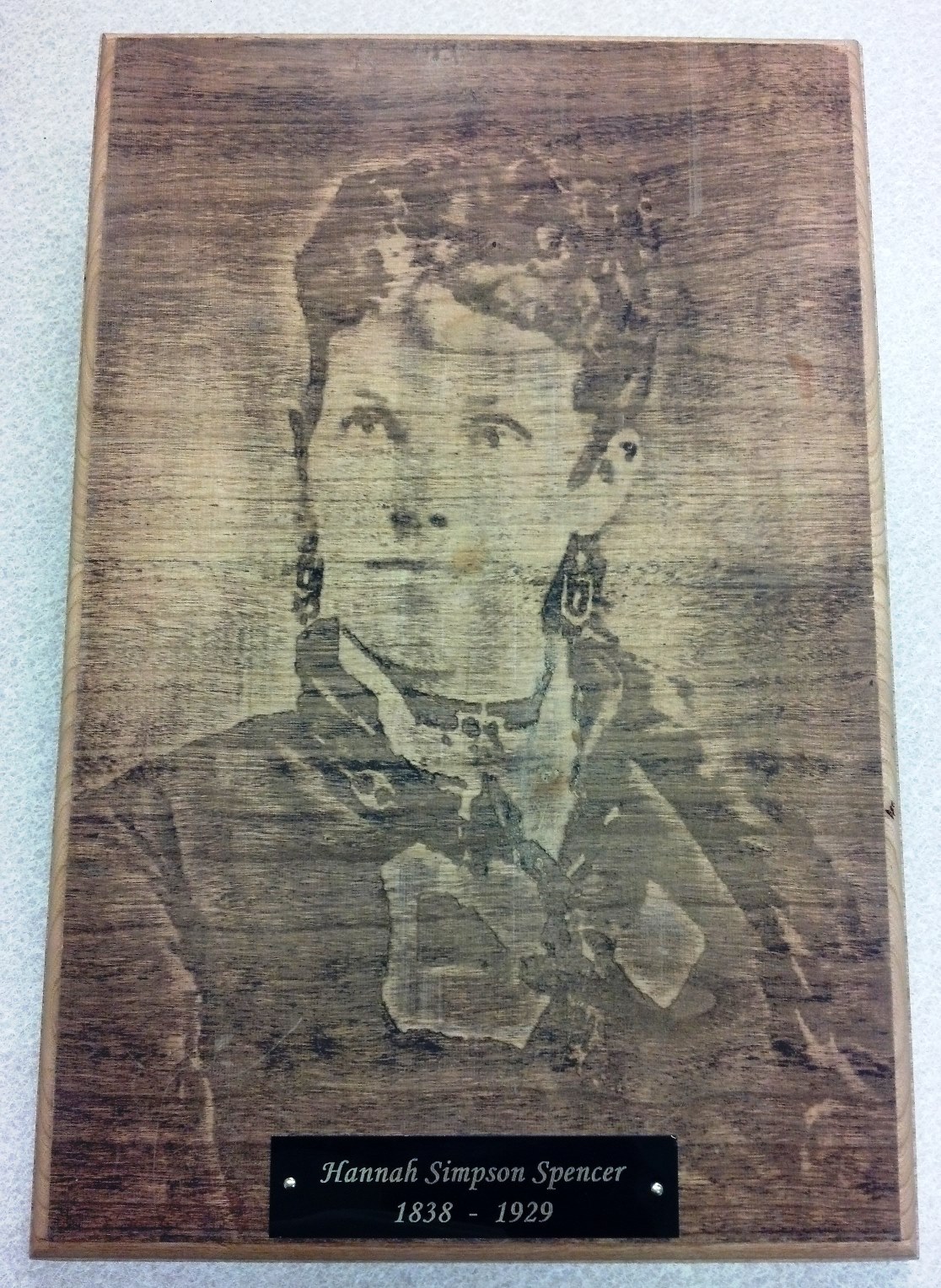
 As we near yet another end of the academic year, senior art students are busily preparing for their final public exhibitions. This showing of art is heavily attended and looked forward to by many as a “must attend” event. (This year it will be held Saturday, May 7th.)
As we near yet another end of the academic year, senior art students are busily preparing for their final public exhibitions. This showing of art is heavily attended and looked forward to by many as a “must attend” event. (This year it will be held Saturday, May 7th.)